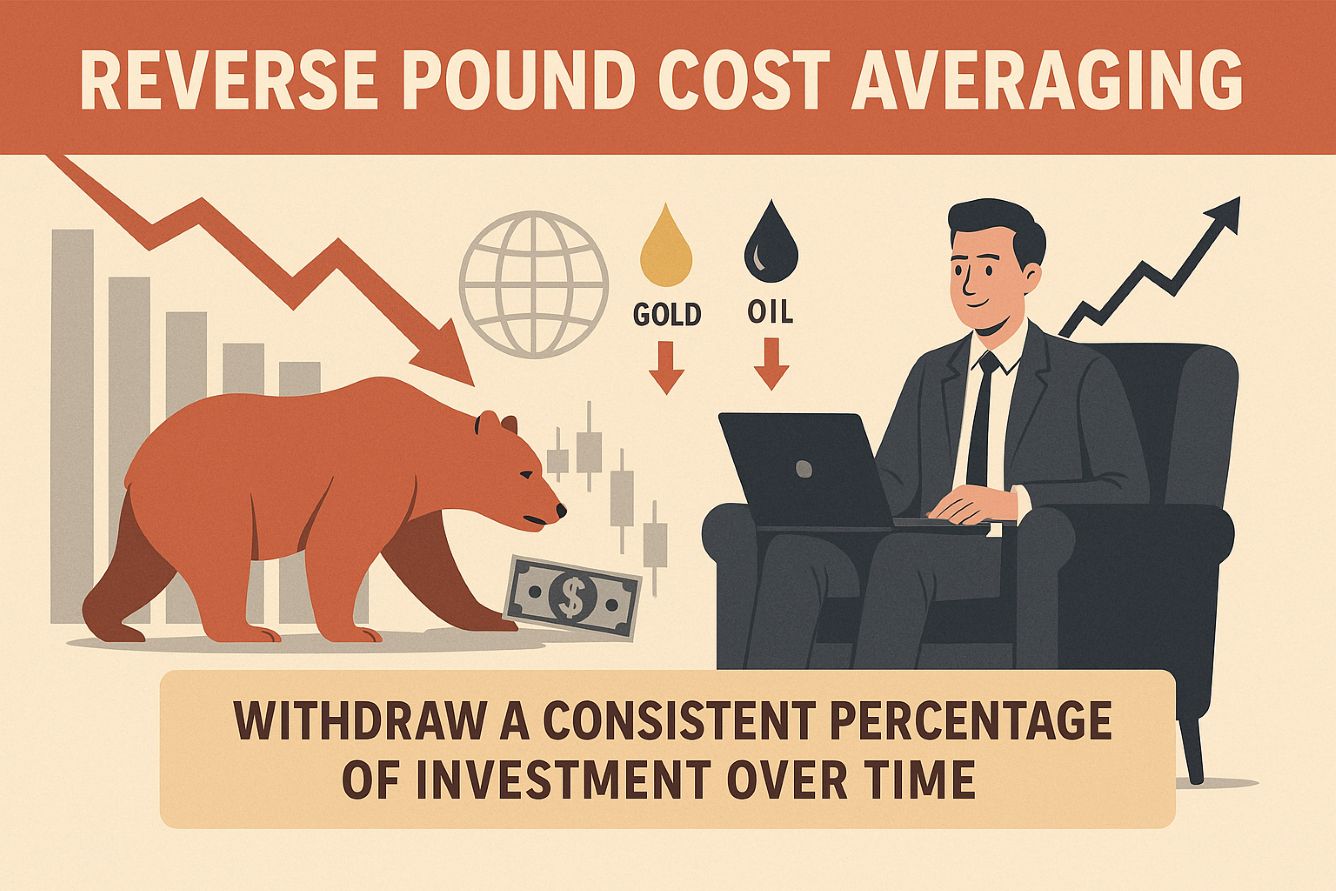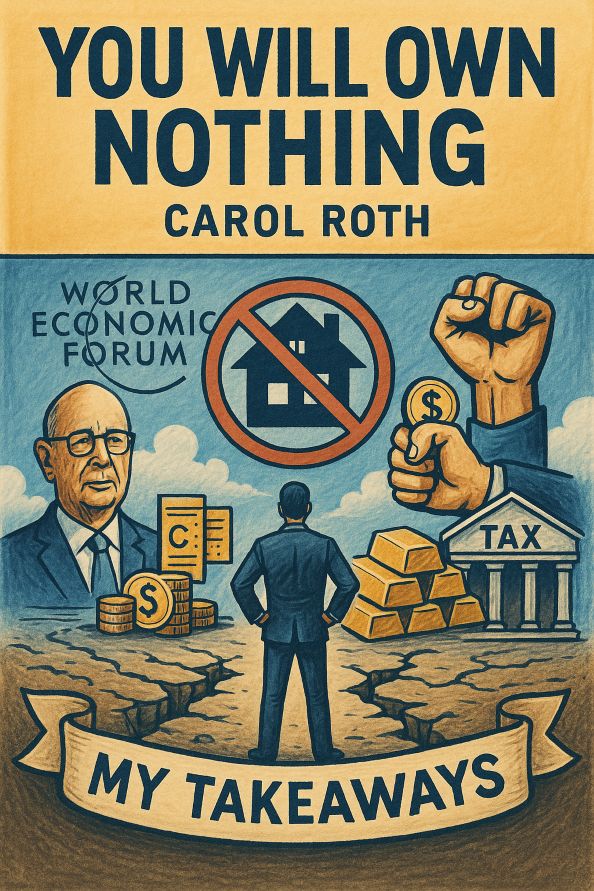After the recent global market turbulence and financial uncertainty, should you sell or hold your property portfolio?
Continue reading “Knowing whether to sell or hold your property portfolio”Reverse pound cost average
As I write this, global equity markets have slumped, wiping billions of dollars off people’s investments. Gold and oil have also fallen. There is no hiding place. However the reverse pound cost average can save the day.
Choosing Your Mortgage Broker
There is one last job to do before you start searching for properties in your Goldmine Area. This is to choose your Mortgage Broker.
How to Find Your Property Goldmine Area
Are you ready to start building your property portfolio? The very first step is to work out where your goldmine area will be. In this post I go through a step by step process to help you find your goldmine area.
5 reasons why I won’t retire
I’ve written several posts and even a book on how to retire early, or the Financial Independence Retire Early movement (FIRE). In July 2023 I finally reached the position whereby I didn’t need to work again. However, the feeling didn’t last, and I was back at work withing 3 months, although I was working for myself. You see, I decided that I won’t retire.
You Will Own Nothing by Carol Roth – my takeaways.
Reading You Will Own Nothing by Carol Roth, certainly is a journey. It is a scary journey, but one which could have a happy ending. You will decide how your ending turns out.
Continue reading “You Will Own Nothing by Carol Roth – my takeaways.”
Is Dave Ramsey right about debt?
Dave Ramsey is one of the most well know teachers in the space of personal finance. I particularly like his no-nonsense approach. His financial baby step system is easy-to-follow and will allow you to become wealthy in short time.
However, is he right about what he says about debt?
The Rule of 300 – how much do you need to be Financially Independent?
There is a rule of 300, which can help you determine how much money you will need to become financially independent. Here I explain what the rule of 300 is and how you can work it out.
Continue reading “The Rule of 300 – how much do you need to be Financially Independent?”
Property Deal Breakdown #3
Here is my third property deal breakdown.
Property deal breakdown
The property is a terraced house in the Bury area of Greater Manchester. The house was built around the 1880’s.
The Financial Bucket System
I use a financial bucket system instead of a budget. I’m not a great fan of budgets, as I find them inflexible and restrictive. Budgets that are too granular, that is, drilled down to specific spending categories, don’t consider the fluctuations in spending patterns and needs.






